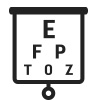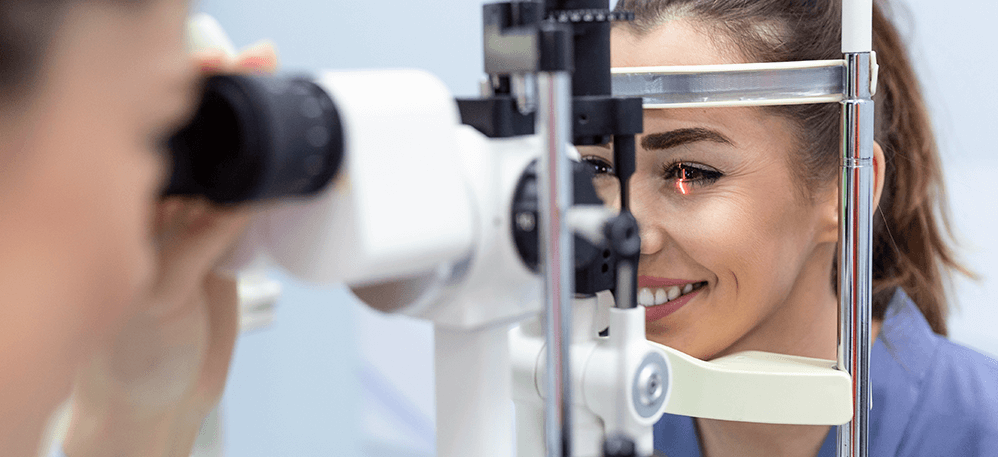Eye exams are important because diseases affecting the eyes don’t always have obvious symptoms until permanent damage has been done. In many cases, patients don’t notice a change in their vision until the condition has developed into a serious problem. Eye exams can also provide early diagnosis of other serious health conditions.
Aside from eye diseases, vision tends to deteriorate gradually as people age. Annual eye exams can help ensure your prescription stays updated and optimal, so you can continue to see clearly.
In addition to glaucoma, cataracts, age-related macular degeneration (AMD), and other eye disorders, routine eye exams can detect many other conditions like diabetes, high blood pressure, high cholesterol, thyroid disorders, and even cancer. The health and condition of the blood vessels in your retinas can provide early warning signs for systemic diseases.
Glaucoma: Nicknamed ‘the silent thief of sight’ because it is notorious for advancing undetected until permanent vision loss has occurred.
Cataracts: The #1 cause of vision loss in the United States. Most cataracts can be detected during routine eye exams.
AMD: Another leading cause of vision loss, which tends to progress slowly without any noticeable symptoms.
Routine eye exams are particularly important for children, who may not realize they have trouble seeing until they have their vision tested. Difficulties in school, sports and social situations can sometimes be caused by underlying vision problems.
 Patient History
Patient History



 Vision Tests
Vision Tests Refraction
Refraction Keratometry
Keratometry Tonometry
Tonometry Eye movement tests
Eye movement tests Dilation
Dilation Contact lens exams
Contact lens exams
 Using insurance for eye exam
Using insurance for eye exam No insurance for an eye exam
No insurance for an eye exam